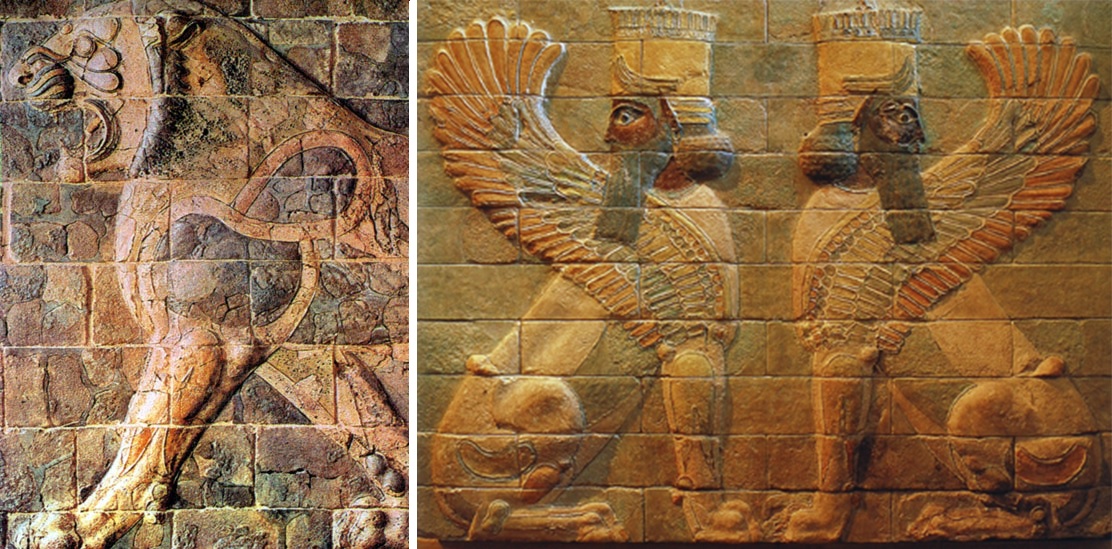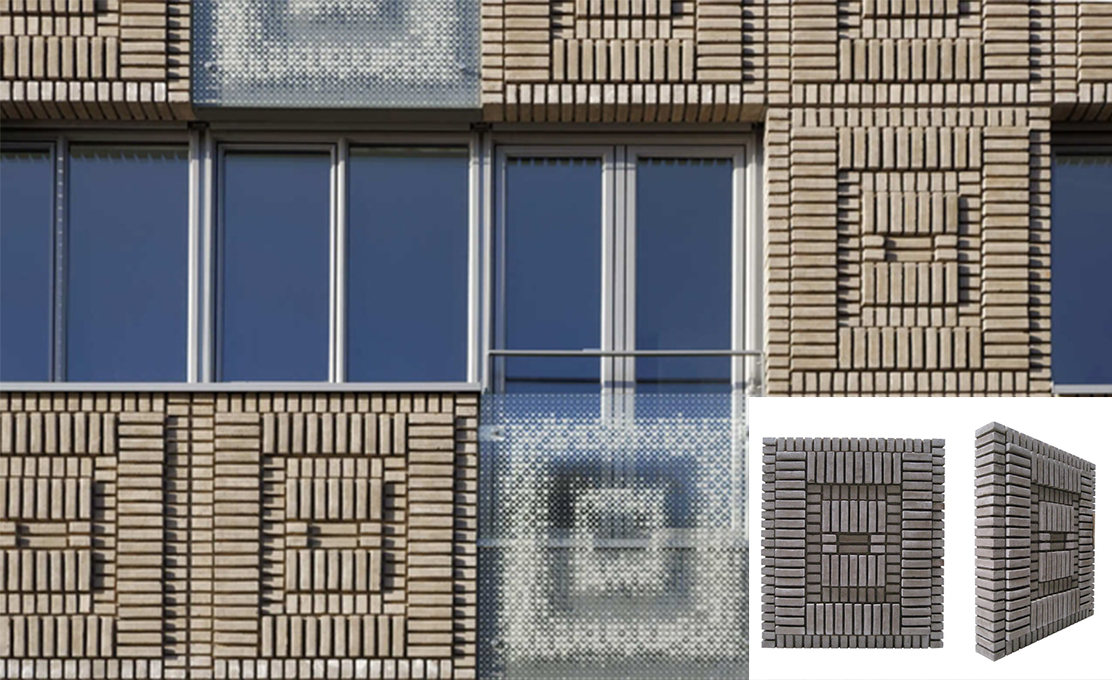Facades with a three-dimensional structure
The variety of facade finishes is no surprise to anyone: even a very old building can be given a stylish look with the help of finishing materials. But until now, brick walls, lined with colored or embossed patterns, cause admiration for the skill of the hands that made them, and originality. For what, how and why relief masonry can be used in a modern country house - in today's review.

Architectural significance of modern brick buildings is not associated with the device of massive cornices, columns and other complex elements, and relies on the use of a special type of masonry - volumetric-decorative. The fact that the decorative brickwork creates a very interesting effect - the play of light and shadow on the wall: on a sunny day, the protruding elements of the facade will cast shadows that easily change the appearance of the building. They also draw attention to important details of the building and create stylistic accents.
Volumetric (relief) decorative brickwork is layering with protruding from the plane of the wall (sometimes at an angle) bricks, it is used to decorate the friezes, the decorative strips at the top of the wall, partitions, creating belts, this method is often given to window openings, balconies, arches. Often, relief masonry is combined with a clear geometry of the facade joints and compositions of drawings with colored bricks, then the masonry is called pattern-relief. And wrong is the one who believes that this method was born in the era of mass building with houses of silicate bricks. Decorative brickwork was a favorite method of decorating the Assyrian palaces.

The technique and features of decorative brickwork
To create a relief, part of the bricks is moved out of the plane of the wall, and from these elements are created drawings of varying complexity. There are only two restrictions on the technique: remove the brick beyond the plane of the wall without additional masonry reinforcement can not be more than 1/3 of its length, and use only quality solid bricks for such masonry. By the way, taken out of plane wall elements can then match a certain angle, which will give additional charm to the decorative facade finish.

To give the house special features you can experiment with the seams between the bricks - make them colored, convex, concave or cut at an angle, "drowning" in them small stones or crumbs of colored glass.
Architectural embossed details can give the facade even more expression. Pilasters and belts, fascias and rustics, half-columns and buttresses, bay windows and doorways, a variety of niches have not lost their relevance with the changing tastes and styles. The best examples of relief masonry survived in ancient Russian churches and openwork European Gothic cathedrals, but the designer's idea does not cease to find inspiration in them, creating the most curious forms and lines in modern buildings.


Elements to architecturally highlight the facade of your residence:
- A curb
- a row of bricks laid at an angle to the outer surface of a wall; one of the traditional types of ornamental brickwork.
- Runner
- a band of bricks set in triangles at the top and bottom in alternating patterns (zigzag lines); also a type of antique ornamental brickwork.
- Sandrick
- architectural detail, protruding beyond the plane of the wall above a window or door opening; cornice, topped by a pediment; can be rectangular or curved.
- Rustication
- horizontal grooves in the masonry, 30-60 mm in depth, located every 4-8 rows; divide the facade into belts, creating a relief surface.
- Pilaster
- a vertical projection on a wall, so called columns; pilasters can be rectangular, semi-circular (half-columns) or less complex (e.g. wisp pilasters, half-column pilasters).
- Counterfort
- a vertical structure (a projecting part of a wall or a vertical rib) which strengthens a load-bearing wall by absorbing part of the weight of the floor-slabs. The outer side of the buttress can be simply vertical, stepped or sloping, increasing in cross-section to the base. Today buttresses solve more decorative tasks than functional ones, but they do not lose their expressiveness.
Idea: perforated brick wall

To escape the bright sunlight in one of the noisy locations in New Delhi, India, the construction studio Anagram Architects built an unusual brick wall. Allocating a fairly modest budget for construction, the owners of the construction solved the main task - to defeat the sun, which was shining mercilessly during the day, while creating a highly original architectural composition. Such masonry of ordinary ceramic bricks is quite within the power of the owner of a country house, as it does not require a large expenditure, but it becomes a catchy detail in the overall design of the house.